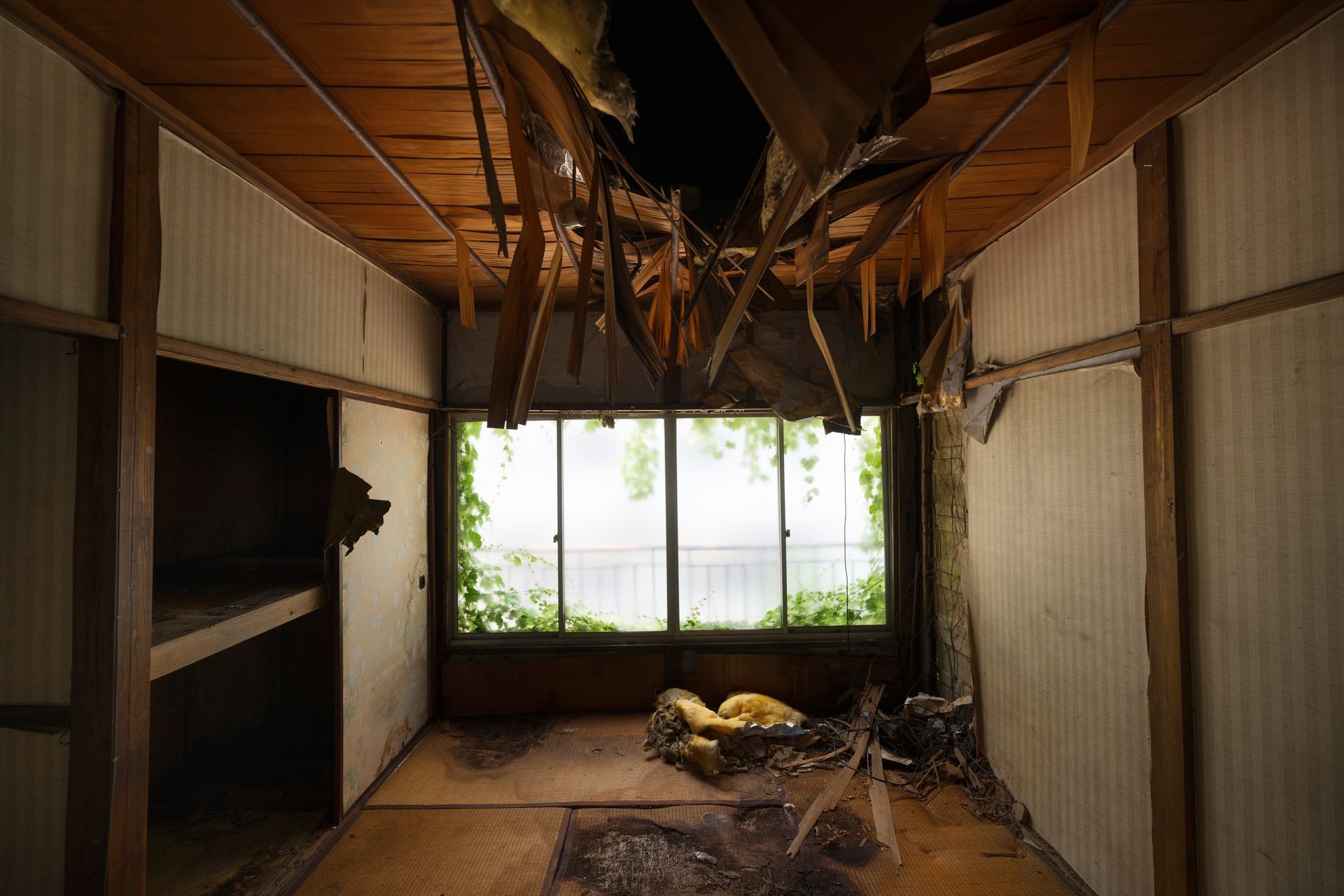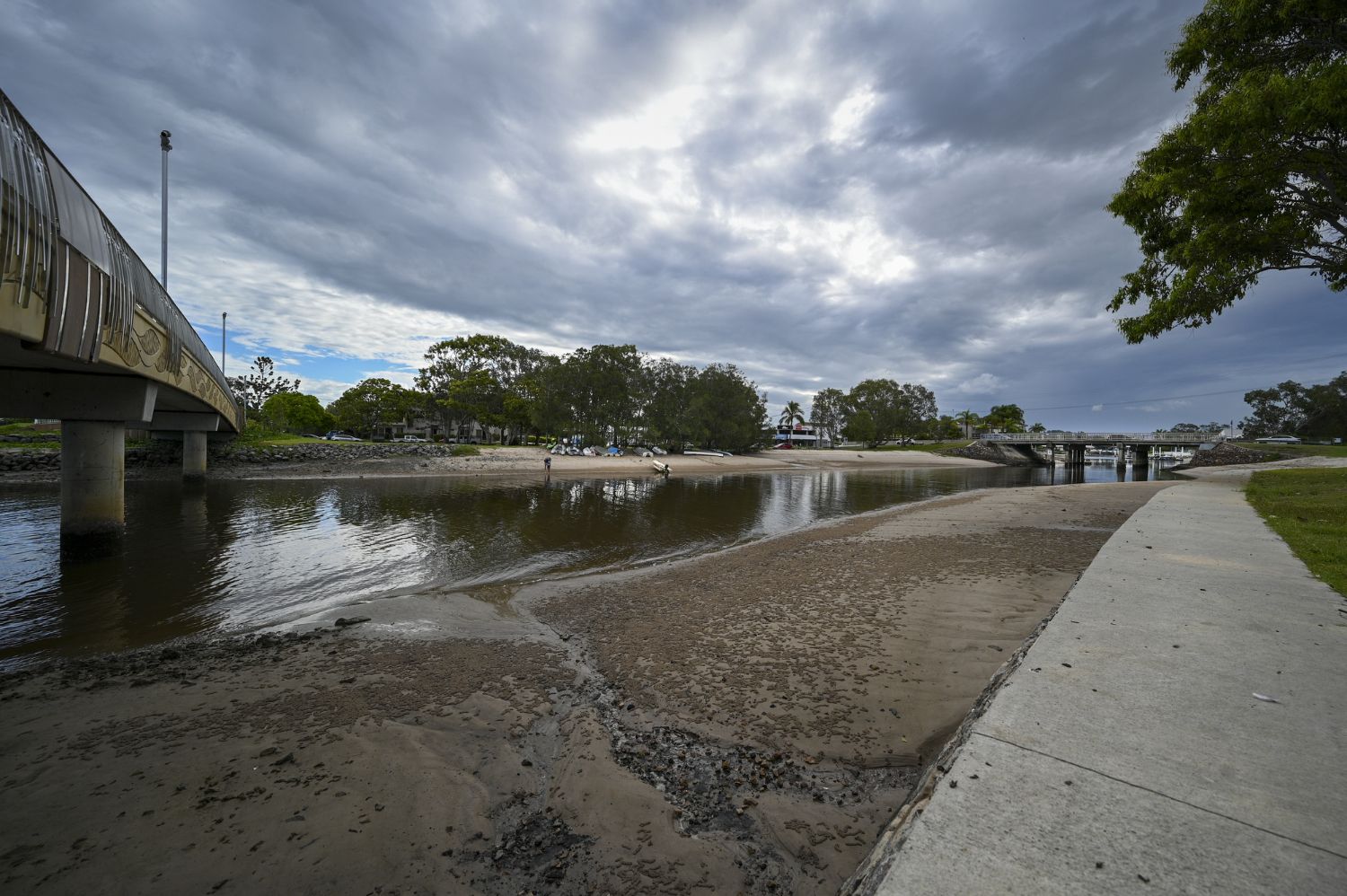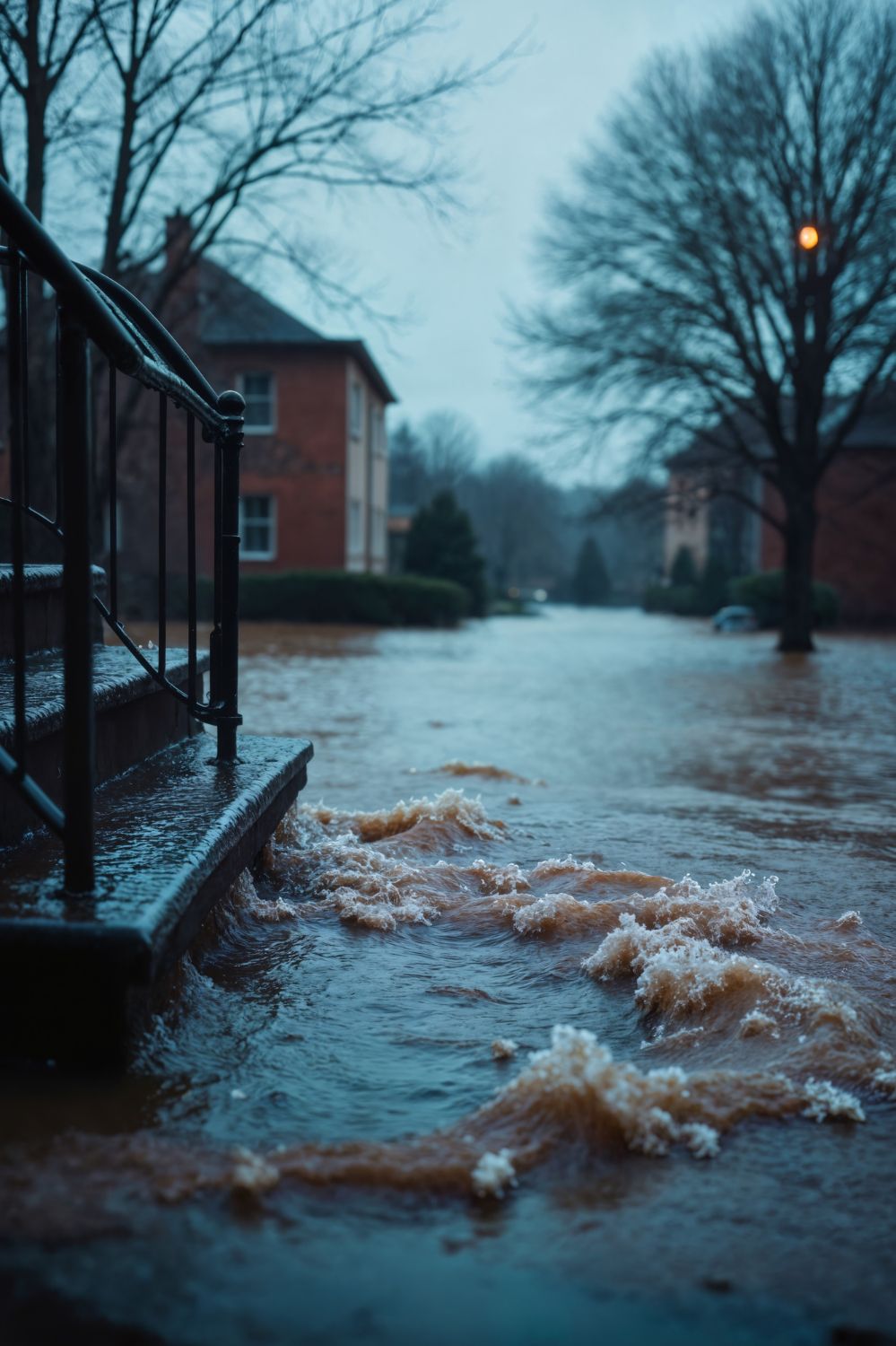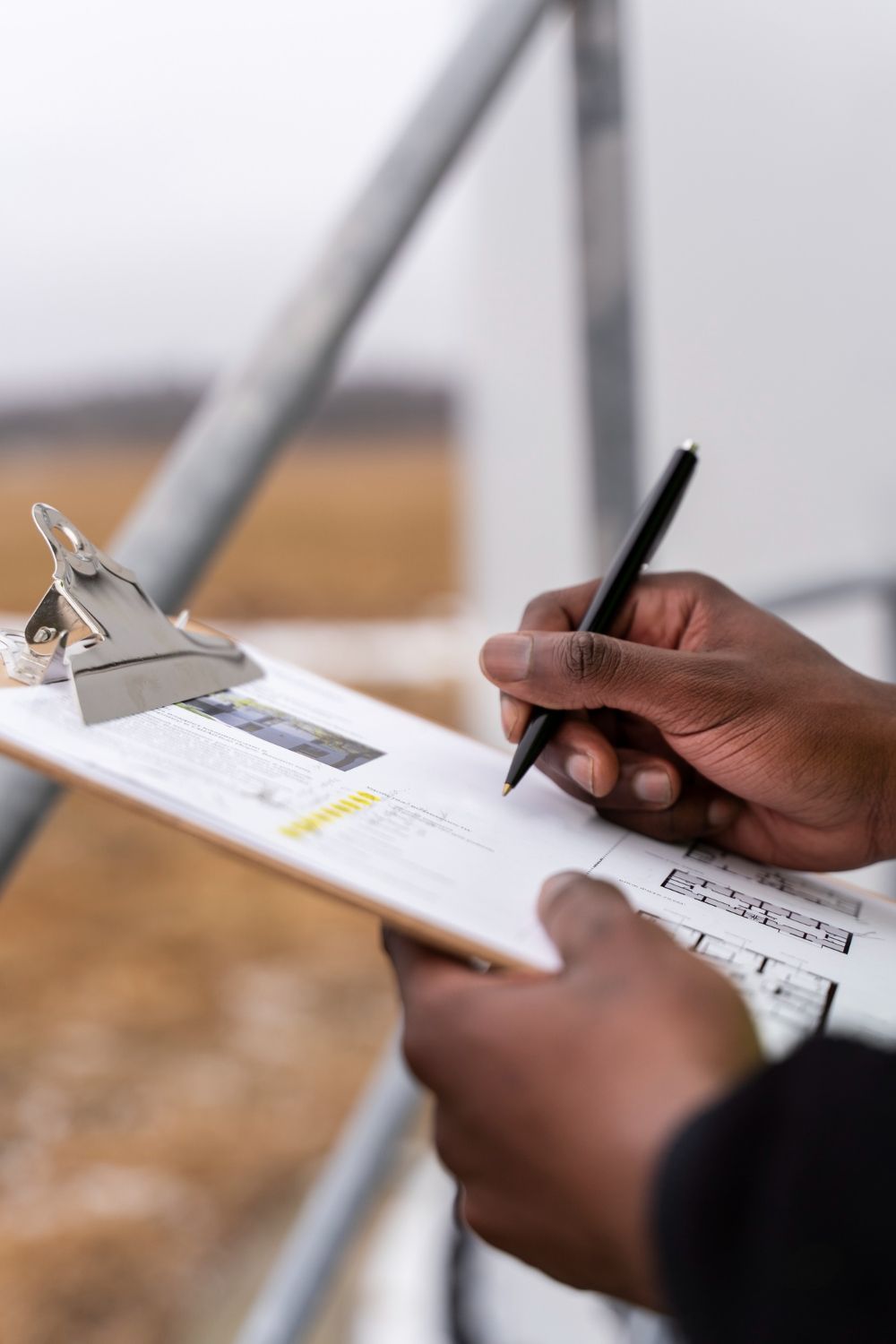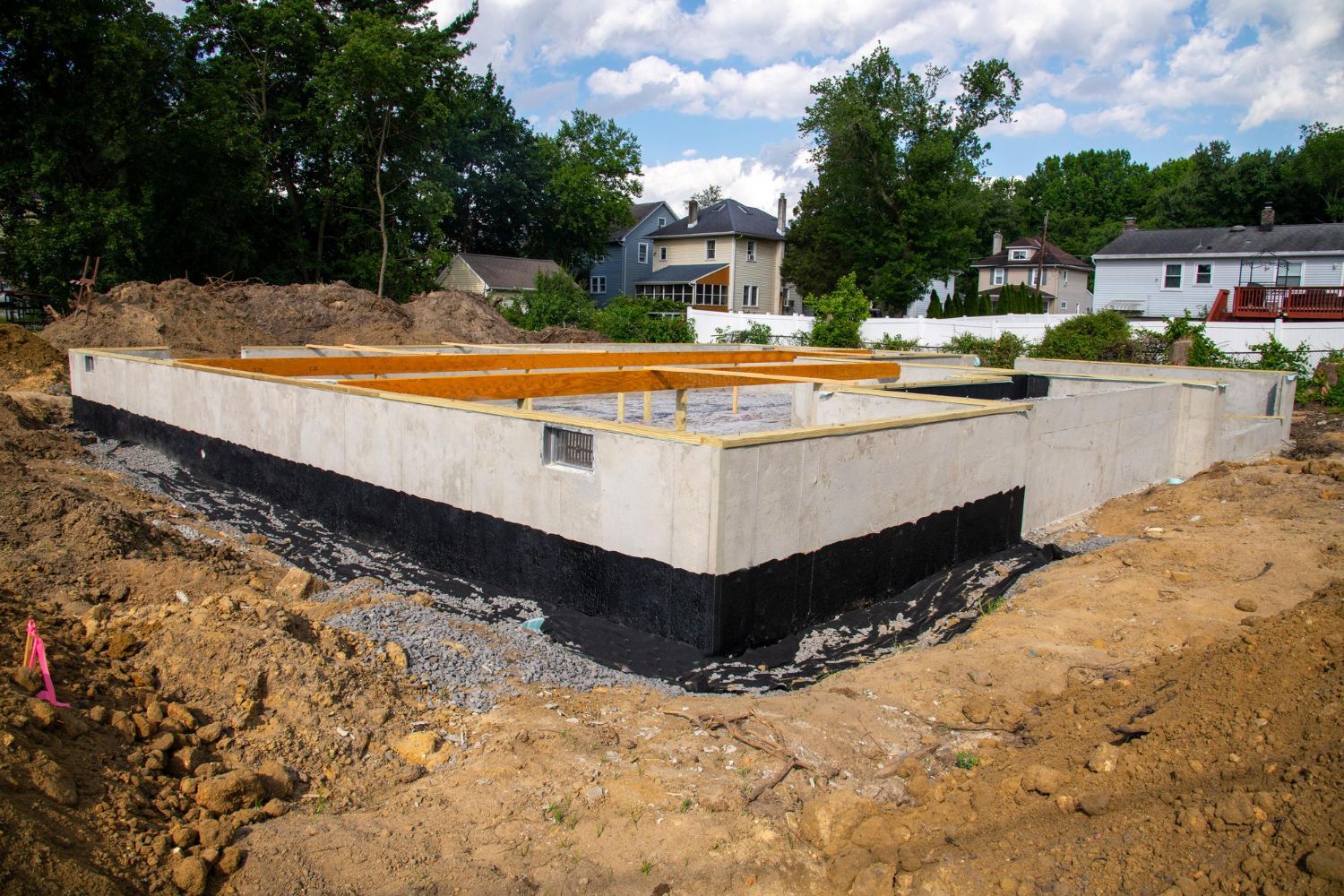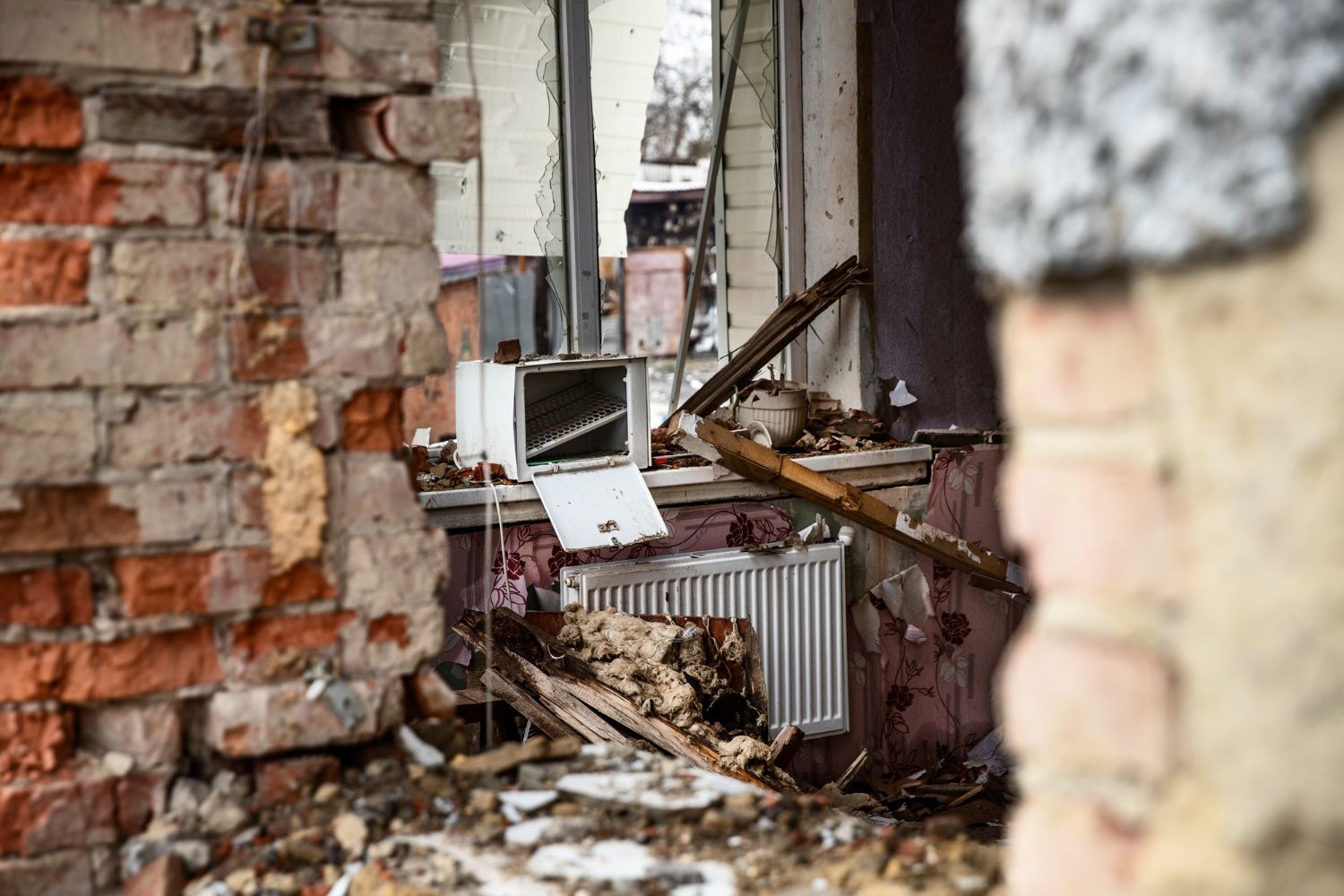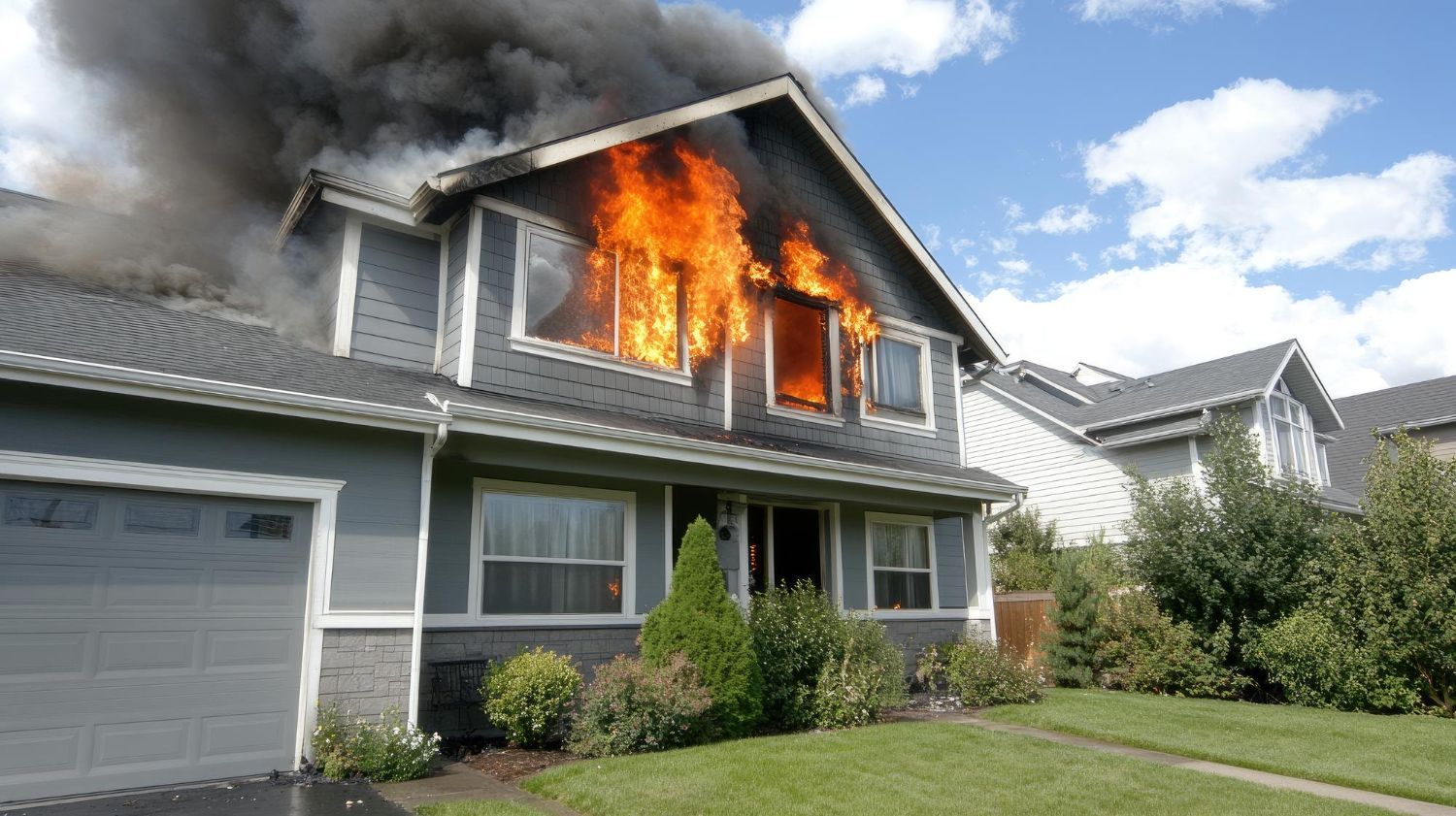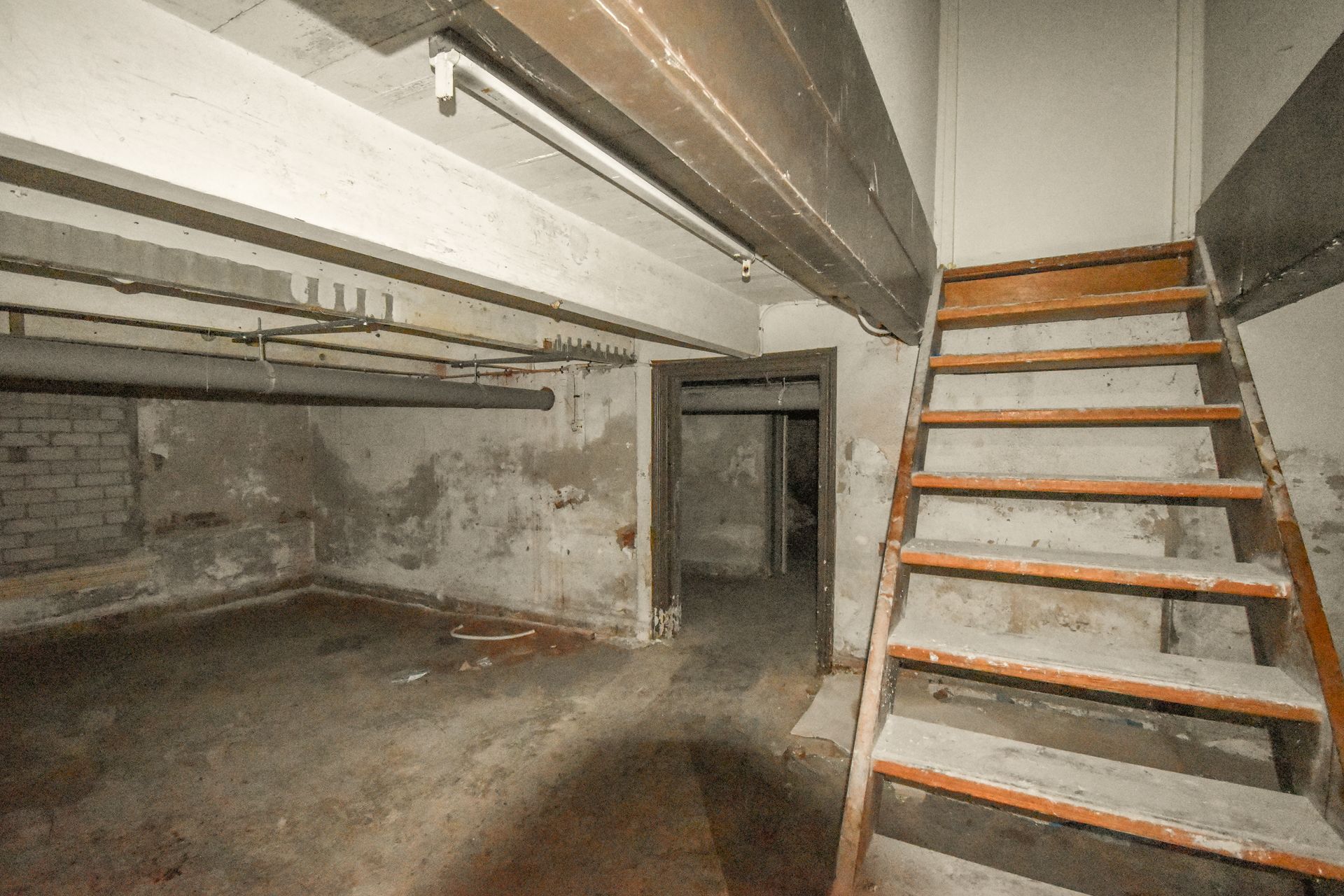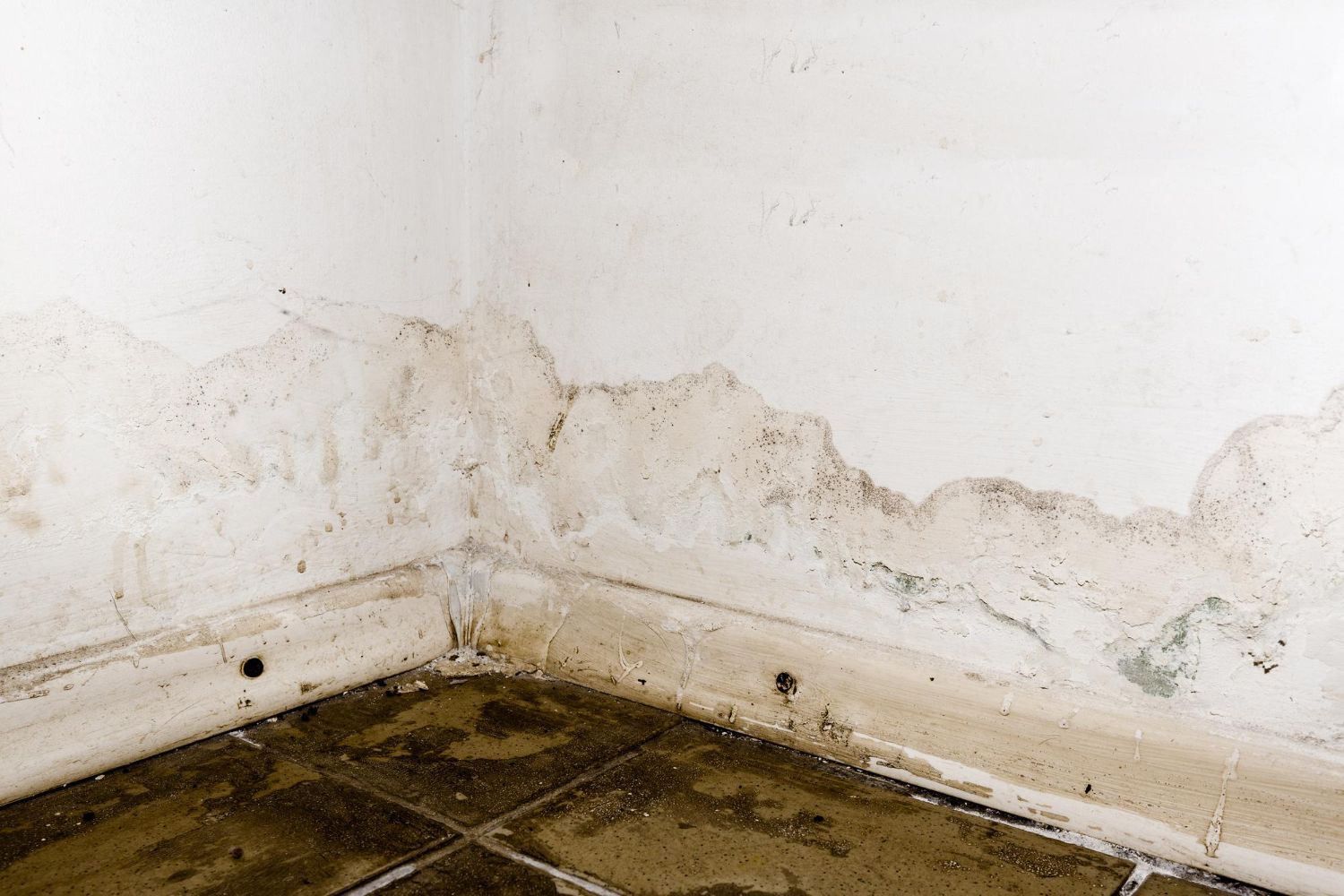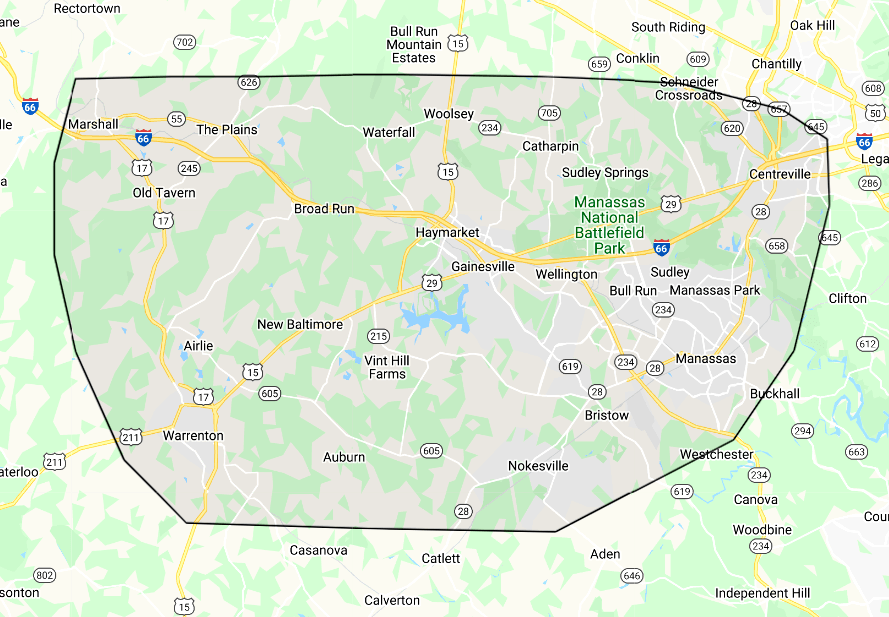Overflowing Bathtub: Steps to Take for Quick Damage Control
Handling an Overflowing Bathtub: Steps to Take for Quick Damage Control
-Gainesville, VA
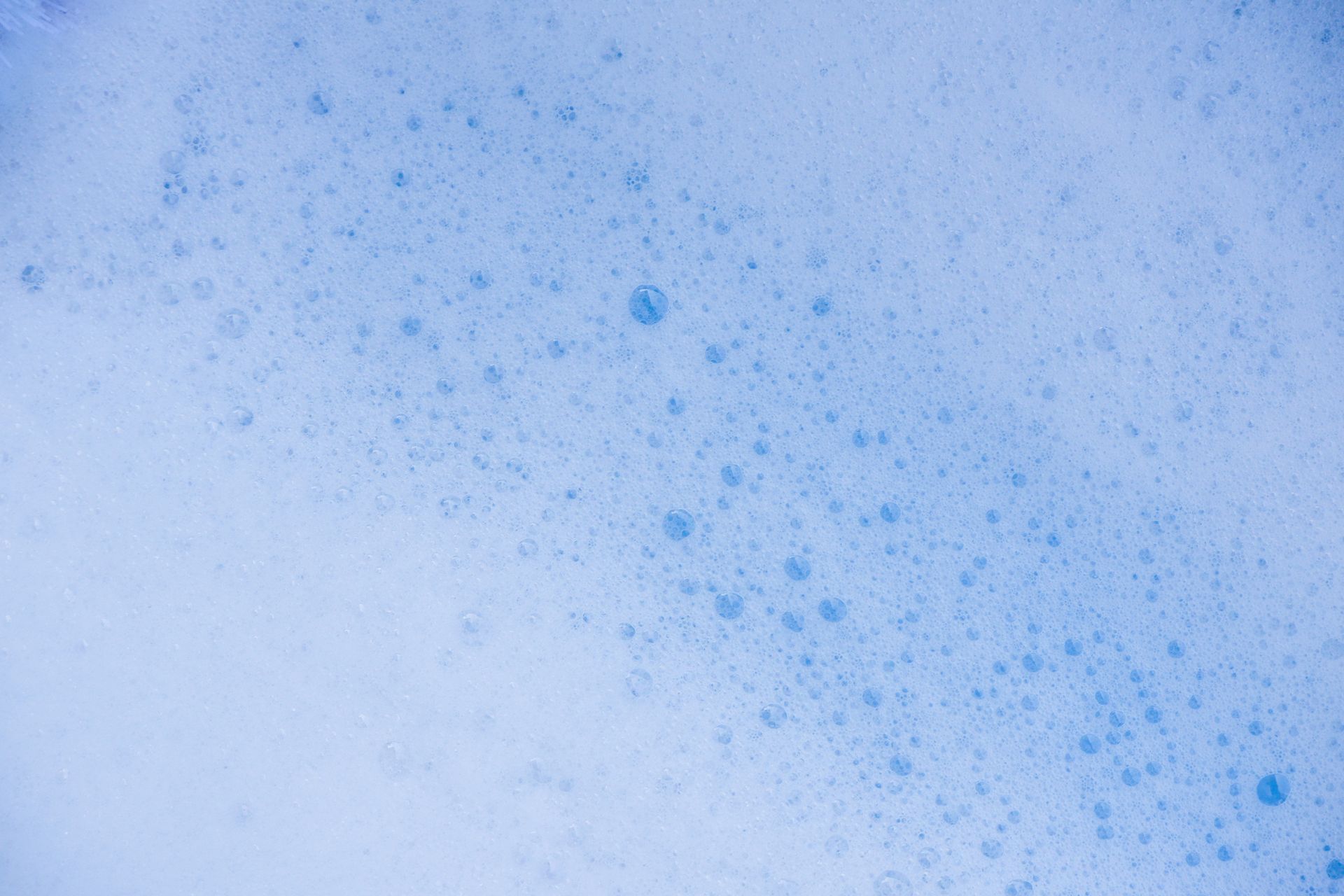
An overflowing bathtub can quickly turn into a chaotic situation, causing water damage to your bathroom and potentially other areas of your home. Knowing what to do when your bathtub overflows is crucial to minimize the damage and restore your space promptly. In this blog post, we will outline the essential steps to take when faced with an overflowing bathtub emergency.
- Shut off the Water Supply- As soon as you notice the bathtub overflowing, locate the water supply valve and shut it off. Most bathtubs have an accessible valve near the fixture or in a nearby utility area. Turning off the water supply will stop the flow of water and prevent further flooding. If you cannot find the valve or it is not working, locate the main water supply valve for your home and turn it off to halt water flow throughout the entire house.
- Clear the Drain- Once the water supply is turned off, focus on clearing the drain. Use a plunger or a plumbing snake to remove any clogs or obstructions that might be causing the overflow. Work the plunger or snake up and down to dislodge the blockage. If necessary, use a bucket or container to remove excess water from the tub before attempting to clear the drain. Clearing the drain will help prevent the water from rising further.
- Address Water Damage- After stopping the overflow and clearing the drain, it's essential to address any water damage. Dry up the excess water using towels, mops, or a wet/dry vacuum. Be thorough in drying not only the floor but also walls, cabinets, and any other affected surfaces. Open windows and use fans to increase air circulation and aid in the drying process. Monitor the area for signs of moisture or mold growth in the following days to ensure complete dryness. Call in a professional restoration crew to ensure that all the water damage has been addressed and that no mold has begun to grow.
- Inspect for Structural Damage- Once the immediate water damage is addressed, carefully inspect the surrounding areas for any signs of structural damage. Look for peeling paint, warped walls, or weakened floorboards. If significant damage is found, it's best to consult with a professional contractor or water damage restoration company. They can assess the extent of the damage and provide recommendations for repairs and restoration.
Conclusion
Knowing what to do when your bathtub overflows is crucial for minimizing water damage and restoring your space efficiently. By promptly shutting off the water supply, clearing the drain, addressing water damage, and inspecting for structural issues, you can navigate through this overwhelming situation with confidence and protect your home from further damage. Give Anthony Restoration a call today, and we can take care of all your restoration needs.

